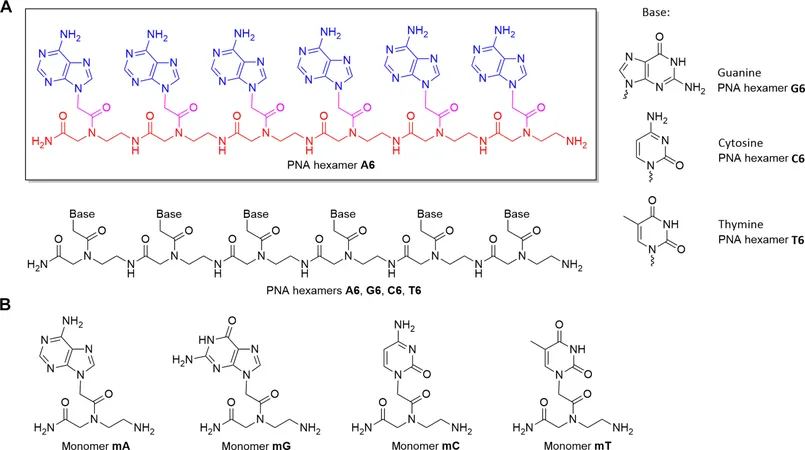
Revolutionizing Wireless Communication: The Breakthrough with Graphene-Enhanced Terahertz Technology!
2025-01-21
Author: Yu
Introduction
A pioneering team from the University of Ottawa has made impressive advancements in the field of wireless communication by optimizing the frequency conversion of terahertz (THz) waves using innovative graphene-based structures. This groundbreaking research promises to accelerate the development of faster and more efficient technologies that could reshape how we communicate and process signals in the digital age.
The Potential of Terahertz Waves
Terahertz waves, nestled in the far-infrared region of the electromagnetic spectrum, are not just limited to scientific curiosity. They have practical applications in non-invasive imaging, enabling the inspection of opaque materials for enhanced security and quality control in various industries. Furthermore, with the global anticipation for 6G technology, which is expected to launch in the coming years, THz waves hold incredible potential for wireless communication, paving the path for high-speed internet and seamless connectivity.
Research Team and Findings
The research team, led by Jean-Michel Ménard, Associate Professor of Physics, has effectively bridged the gap between gigahertz (GHz) electronics and THz photonics. Their findings, published in the esteemed journal *Light: Science & Applications*, highlight innovative strategies to amplify THz nonlinearities in graphene devices—a significant leap forward for multi-spectral THz applications.
According to Professor Ménard, “This research marks a crucial advancement in the efficiency of THz frequency converters. Such enhancements are essential for the future of communication systems, like 6G.” Collaborating with experts from the University of Bayreuth in Germany, as well as members of Iridian Spectral Technologies, the team has showcased a promising model to upconvert electromagnetic signals to higher frequencies, which is crucial for the next generation of communication technologies.
The Role of Graphene
The unique properties of graphene—a cutting-edge quantum material composed of a single layer of carbon atoms—are proving to be invaluable. This 2D material not only integrates seamlessly into electronic devices but also extends the capabilities of signal processing and wireless communication applications.
A Holistic Approach to Research
Historically, research involving the interaction of THz light and graphene focused primarily on examining singular parameters, often leading to minimal nonlinear effects. In contrast, Ménard and his team have adopted a more holistic approach, combining diverse strategies to enhance these effects and fully exploit graphene’s remarkable characteristics.
Significance and Future Directions
Ph.D. student Ali Maleki emphasized the significance of this innovative platform, highlighting its potential to investigate a wide array of materials beyond graphene, opening doors to new nonlinear optical mechanisms that could revolutionize the field.
As technology evolves, the demand for efficient, chip-integrated nonlinear THz signal converters becomes critical. With ongoing research and development in THz frequency conversion, the future of communication systems seems bright as we march towards a new era of connectivity where 6G promises to meet the increasing demands for speed and reliability.
Conclusion
Stay ahead of the curve and witness how this transformative research could change the landscape of wireless communication forever!




 Brasil (PT)
Brasil (PT)
 Canada (EN)
Canada (EN)
 Chile (ES)
Chile (ES)
 Česko (CS)
Česko (CS)
 대한민국 (KO)
대한민국 (KO)
 España (ES)
España (ES)
 France (FR)
France (FR)
 Hong Kong (EN)
Hong Kong (EN)
 Italia (IT)
Italia (IT)
 日本 (JA)
日本 (JA)
 Magyarország (HU)
Magyarország (HU)
 Norge (NO)
Norge (NO)
 Polska (PL)
Polska (PL)
 Schweiz (DE)
Schweiz (DE)
 Singapore (EN)
Singapore (EN)
 Sverige (SV)
Sverige (SV)
 Suomi (FI)
Suomi (FI)
 Türkiye (TR)
Türkiye (TR)
 الإمارات العربية المتحدة (AR)
الإمارات العربية المتحدة (AR)